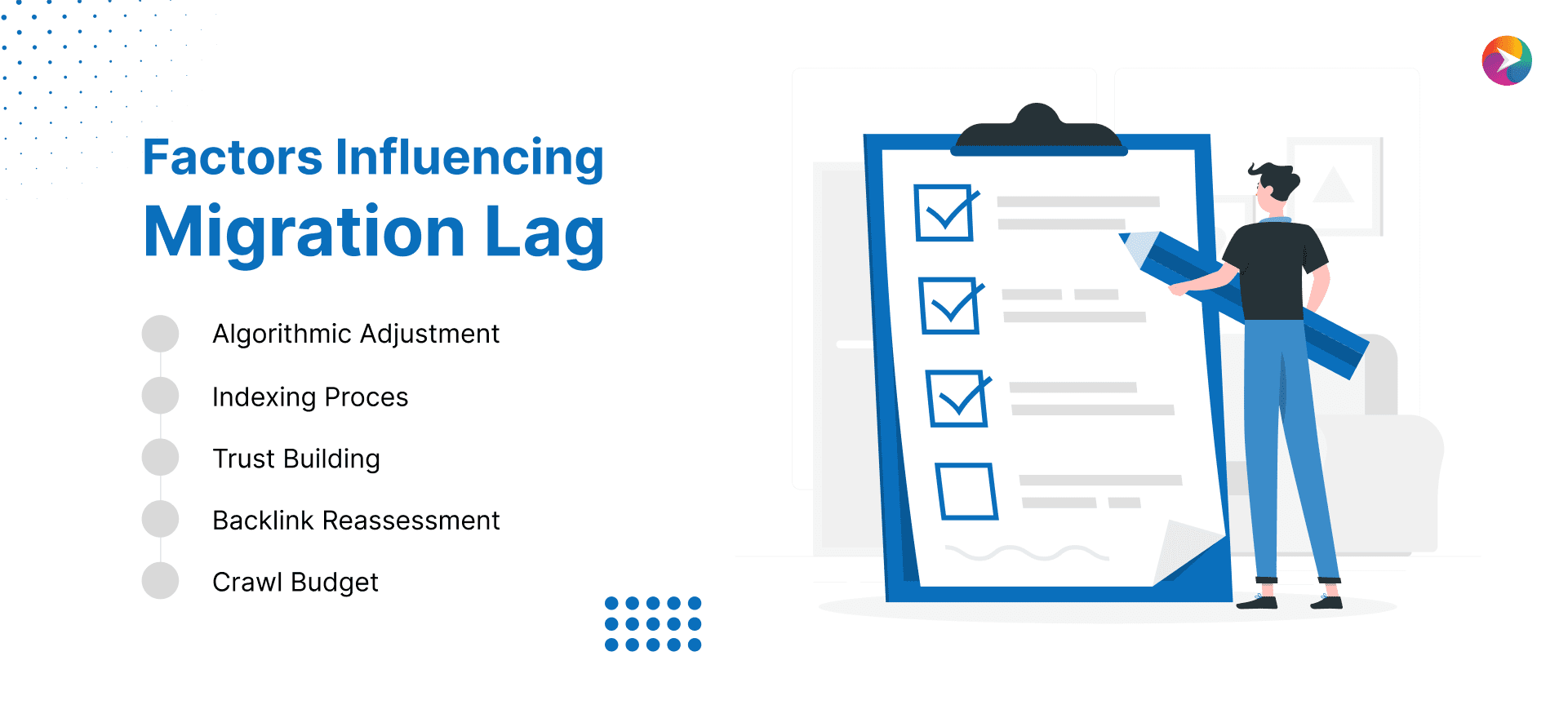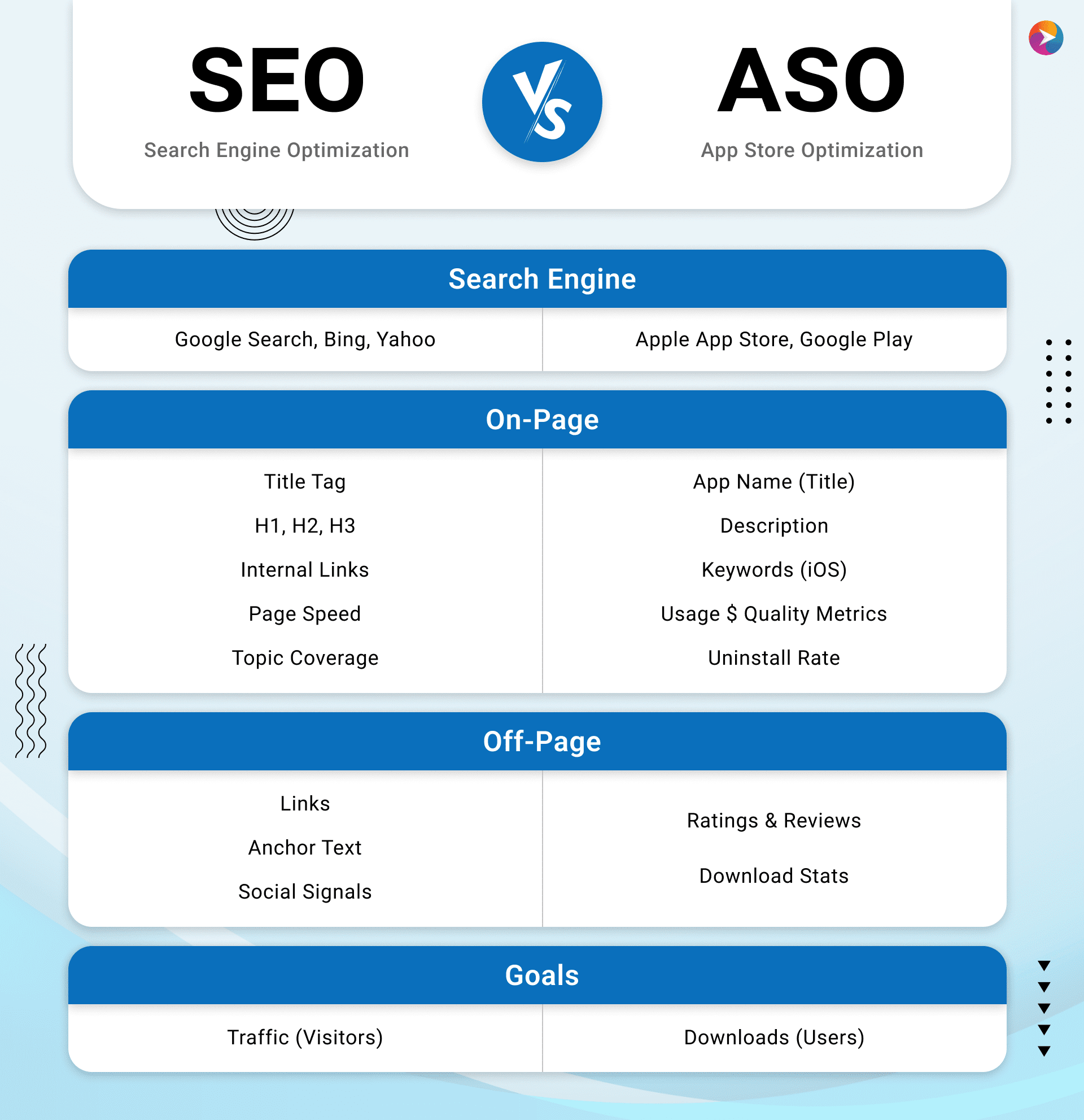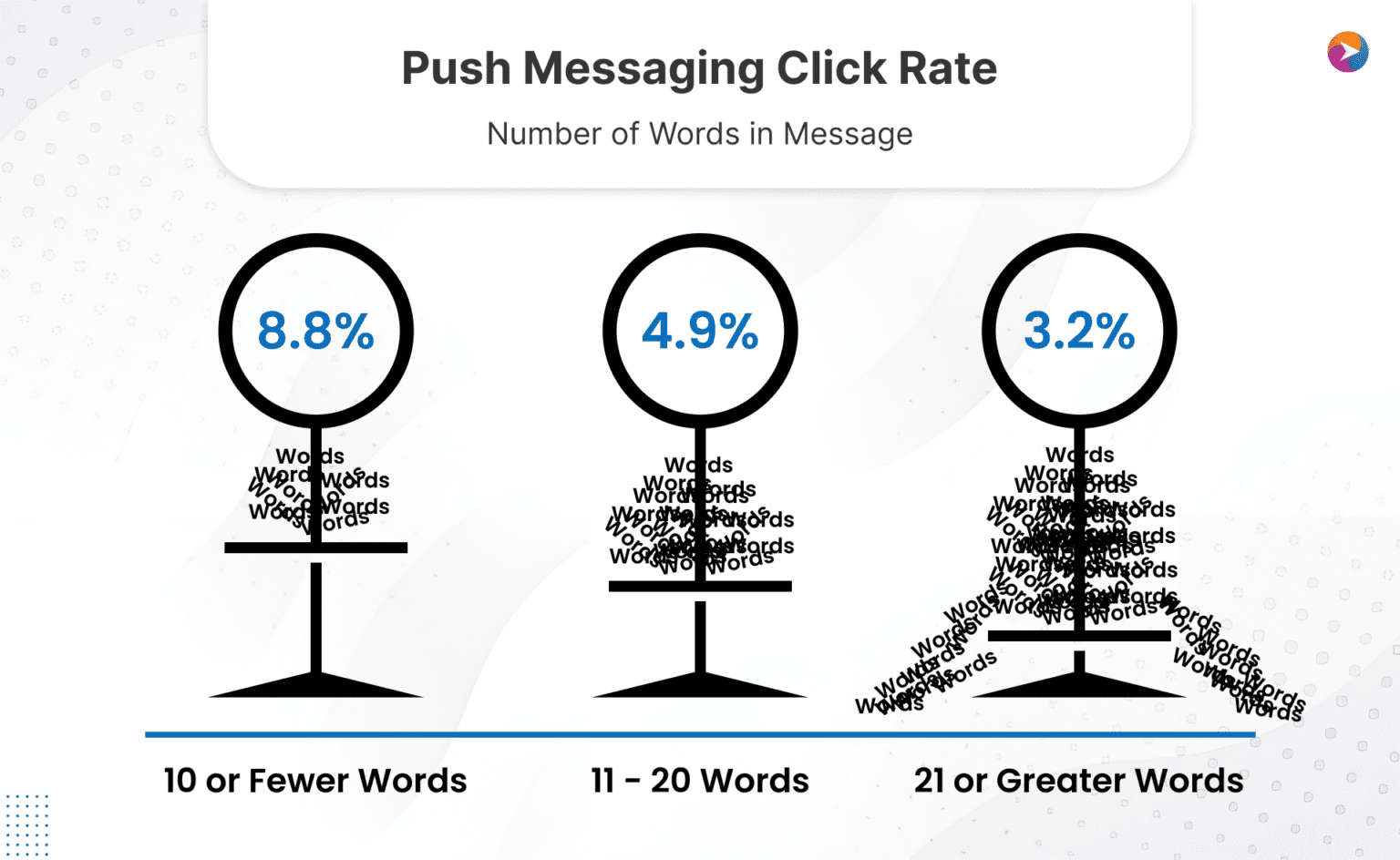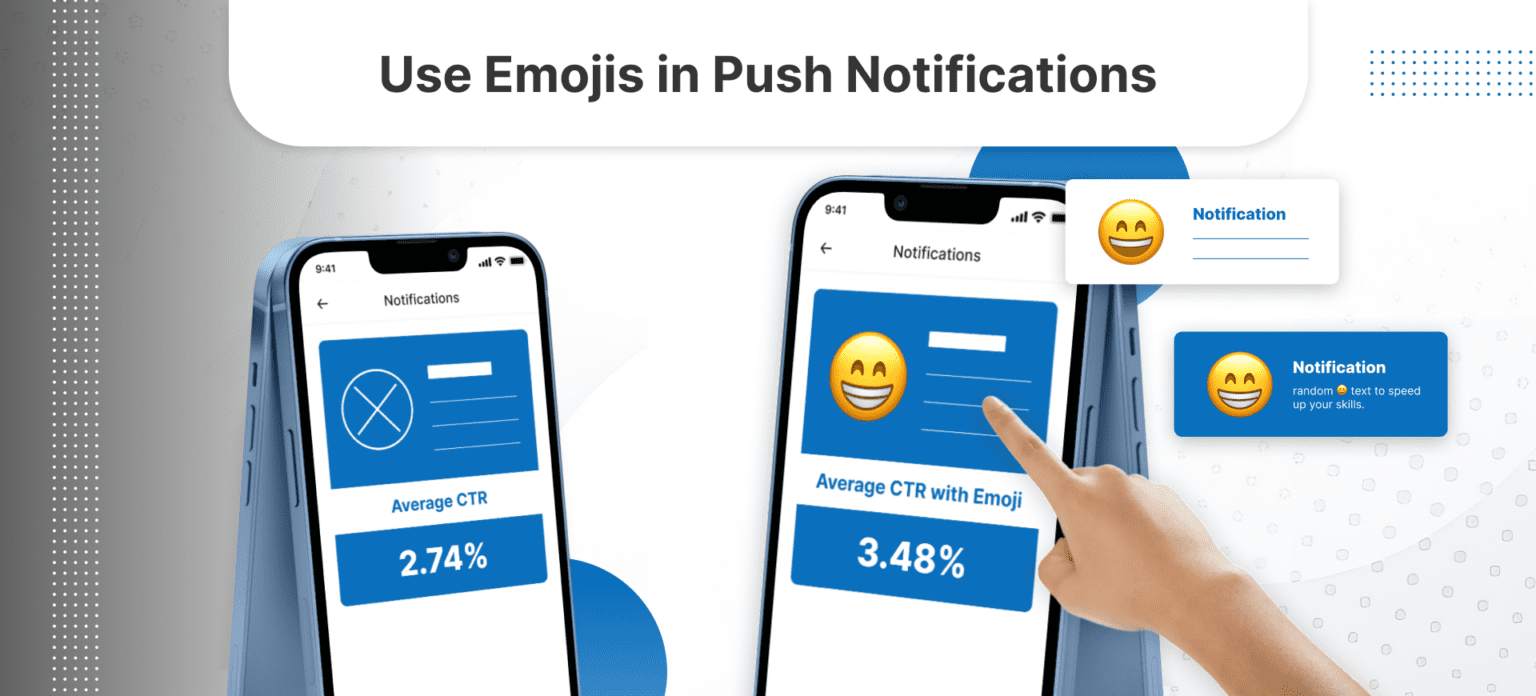 11/10/2023
11/10/2023 
Mr. Mrityunjay Ojha
7 Mins to Read
Table of content
In today’s digital age, the online presence of your business is often the key to success. Among the many tools available to enhance your digital footprint, Search Engine Optimization (SEO) stands out as a powerful and indispensable strategy. SEO not only improves your website’s visibility but also offers a plethora of business-boosting benefits of SEO.
Search Engine Optimization is the core that helps you optimize your business and brand with its numerous effective benefits. If used strategically, it can provide businesses with numerous benefits including more qualified leads and increased web traffic. At its core, it has the potential to bring more organic attention; which means it doesn’t cost anything. You will notice higher engagement and increased business growth by understanding and implementing the best SEO practices.
In this blog, we’ll delve into six compelling reasons why SEO is essential for your business’s growth and success.
What is SEO and what does it do for you?
Search Engine Optimization or SEO is a set of practices used to help web content rank higher in search engines. It helps bring more people to the website, increase visibility, and therefore increase revenue.
SEO is crucial for connecting you with the intended audience. It boosts a website’s visibility in SERPs (Search Engine Result Page), making it more likely to attract the target audience. Additionally, it enhances the user experience by optimizing titles, improving page speeds, and making navigation easier. All of these improvements help people find what they need quickly, increasing the chances of them taking desired actions on your site. Furthermore, a positive user experience can improve your brand’s reputation and encourage social sharing.
SEO also enables you to reach specific segments within your target audience. By researching keywords related to your audience’s interests, you can create and optimize content tailored to these specific topics. This approach attracts specialized groups within your audience and fosters brand loyalty. Through effective keyword research and optimization techniques like link building, you can ensure that your website stands out to those actively seeking your products or services. This, in turn, leads to more leads, conversions, and overall business growth.
Regardless of whether you’re just starting or have an established brand, SEO is vital for success in the digital realm. Investing in SEO maximizes your brand’s visibility and helps you reach your target audience more effectively, a critical aspect in today’s highly competitive online landscape.
SEO involves a variety of strategies, which can be categorized as follows:
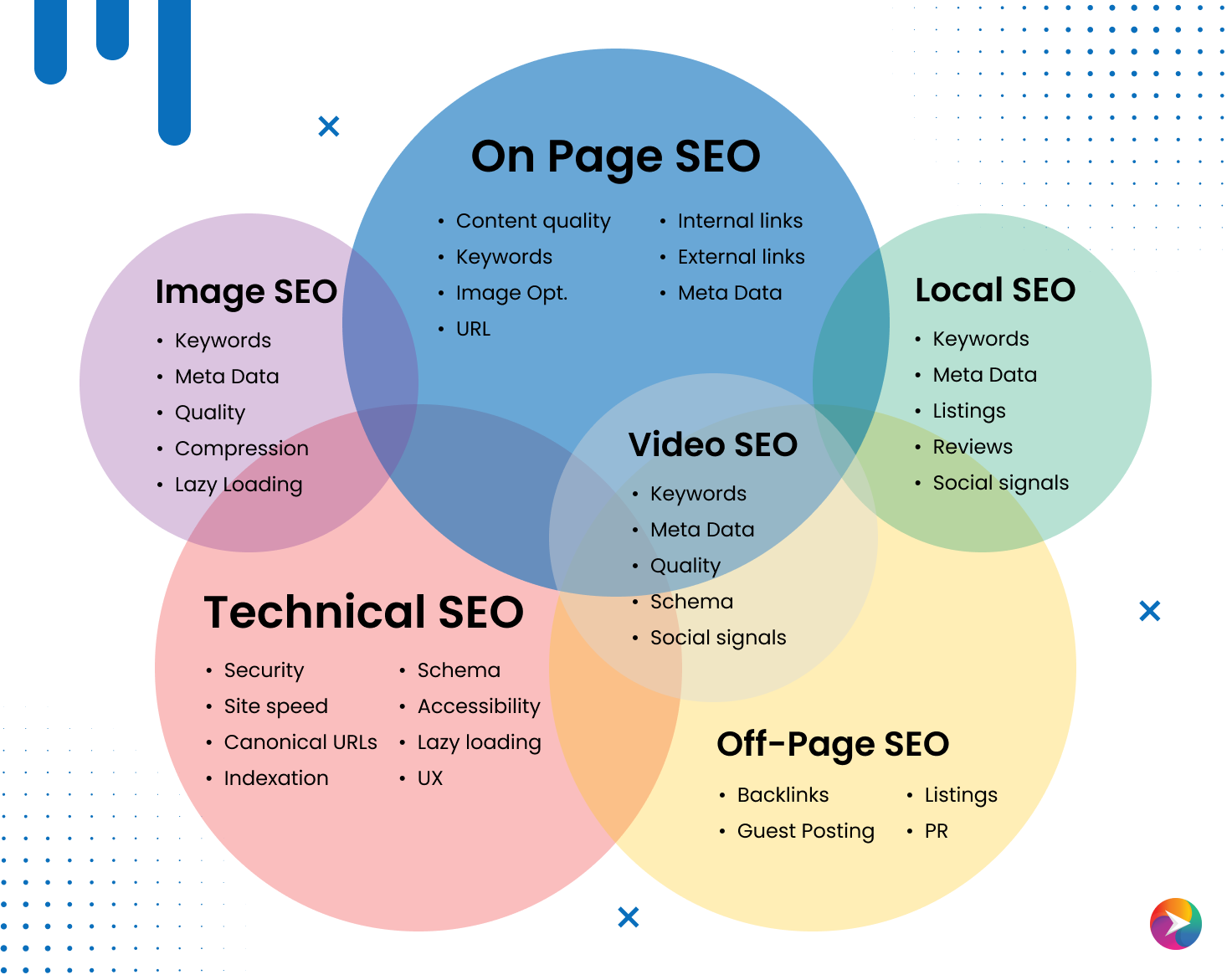
- On-page optimization: This entails the creation and optimization of website content using carefully selected keywords and phrases to improve your search engine rankings.
- Off-page optimization: This focuses on optimizing elements beyond your website, including listings, social media signals, and the generation of backlinks to enhance your online presence.
- Technical SEO: This involves optimizing the technical aspects of your website, such as site structure, mobile-friendly design, meta tags, and other technical elements to improve your website’s performance in search engine rankings.
Business-Boosting Benefits of SEO
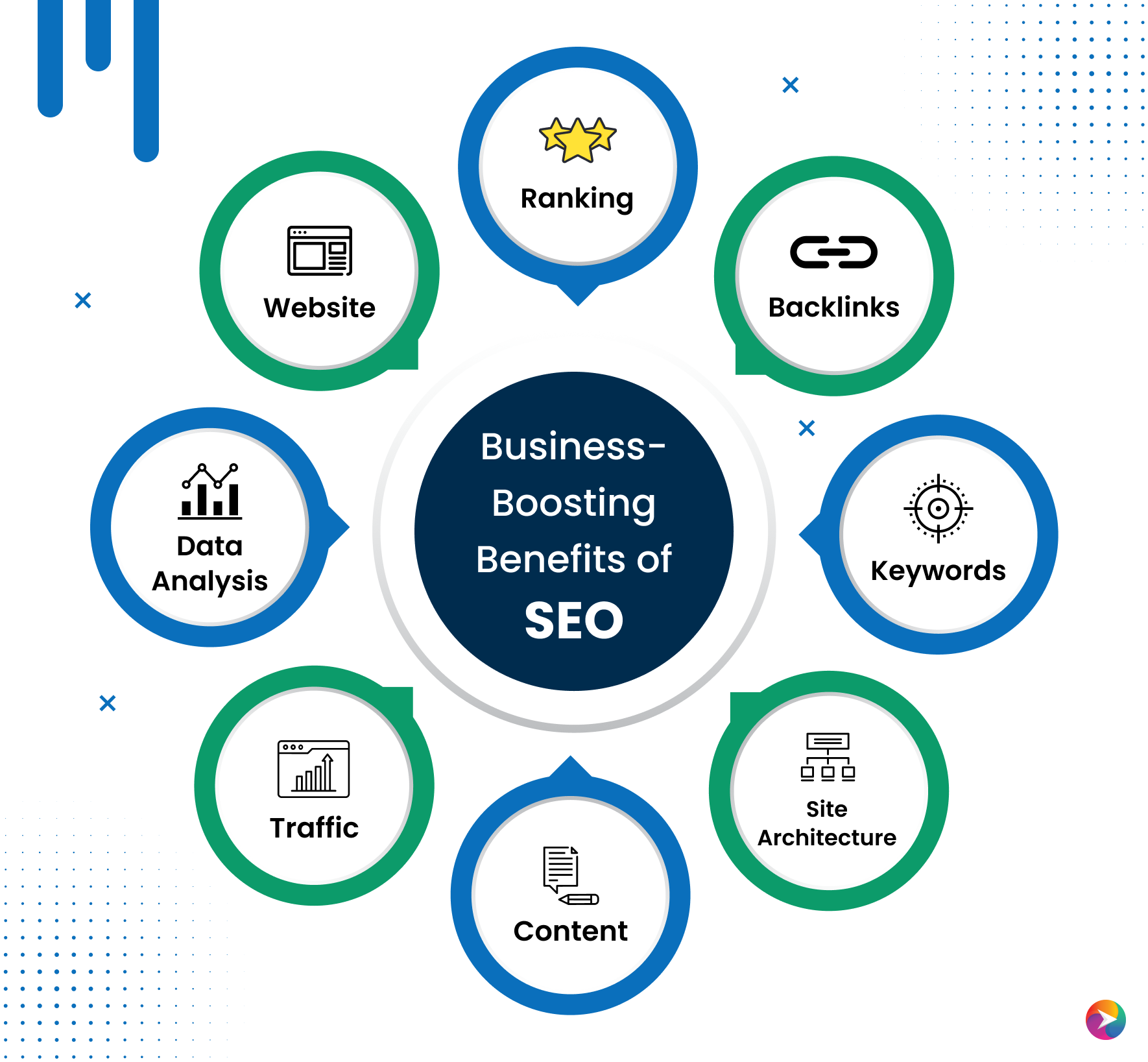
Attracting Organic Search Traffic to Your Website
Organic traffic refers to visitors who discover your website through a search engine. To effectively capture this audience, your website must be well-optimized. The aim is for Google to recognize that your website provides the most pertinent answers to users’ inquiries.
Every second, there are approximately 63,000 Google searches being conducted. By implementing a solid SEO strategy, your business can vie for a share of these search results. One of the most effective ways to enhance your SEO is to focus on keywords that align with your business and the information you wish to convey to your audience.
Google’s web crawlers meticulously assess every website on the internet, considering specific keywords, user-friendly interfaces, and overall credibility. These bots utilize this data to determine the most suitable responses to each search query.
Enhances Your Credibility
Websites that secure top positions on search engine results pages are generally perceived as reliable and trustworthy. This elevated search engine ranking not only enhances your business’s credibility but also reflects positively on your brand. To bolster your website’s credibility, dedicate efforts to enhancing and expanding your content, optimizing site speed, and conducting keyword research to further improve your ranking.
Enhanced User Experience
Optimizing your website for search engines brings about various improvements in user experiences. Actions like speeding up page load times, optimizing meta titles and descriptions, and simplifying navigation and usability have multiple benefits for users. Firstly, they make it simpler for your target audiences to locate the information they seek by elevating your site’s visibility in search results. Additionally, these optimizations increase clickthrough rates from search results, which not only boosts your website’s authority with search engines but also fosters trust and loyalty among your audiences.
Simplified Return on Investment (ROI)
In contrast to paid search, social advertising, or other marketing approaches, SEO stands out as a strategy that can simplify your return on investment. Rather than continually paying varying fees to increase awareness or capture leads on external platforms, SEO involves investing in your own website. While other sites and opportunities may come and go, your website remains a constant asset. By dedicating resources to SEO, you can consistently draw in more qualified traffic over time, ultimately bolstering your bottom line.
Long-Term Success
While traditional marketing typically delivers short-lived outcomes, SEO positions you for enduring success that can extend for years, and even decades, after your initial investment. This longevity is attributed to the enduring relevance of search-optimized content, particularly evergreen content, which continues to be valuable to your target audiences over time. Furthermore, if updates are required to keep this content current and relevant, you can readily make those adjustments, further building on the SEO accomplishments you’ve already established. This ability to adapt and evolve ensures a sustained competitive edge in the digital landscape.
Optimizes PPC Campaigns
Unpaid (SEO) and paid marketing strategies (PPC) complement each other seamlessly. PPC ensures your website appears at the top of paid search results, while SEO achieves the same organically. When both unpaid and paid results occupy the top positions on the search engine results page, it enhances your brand’s credibility, signaling that your presence isn’t solely the result of advertising spending to secure the top spot. SEO can be leveraged to maximize the effectiveness of your PPC campaigns. For instance, a high-ranking page can perform even better when incorporated into PPC advertising, particularly when the keyword has a low cost-per-click, thus optimizing your marketing investments.
Final Thoughts
In conclusion, SEO is not just a buzzword; it’s a vital tool for modern business. It drives increased traffic, boosts visibility, and enhances your business’s credibility. Moreover, it offers a cost-effective way to reach a targeted audience and gain a competitive edge. Embrace the power of SEO, and you’ll be well on your way to achieving long-term growth and success in the digital world.

 Mobile Apps
Mobile Apps Web Apps
Web Apps Blockchain
Blockchain Digital Marketing
Digital Marketing Others
Others




